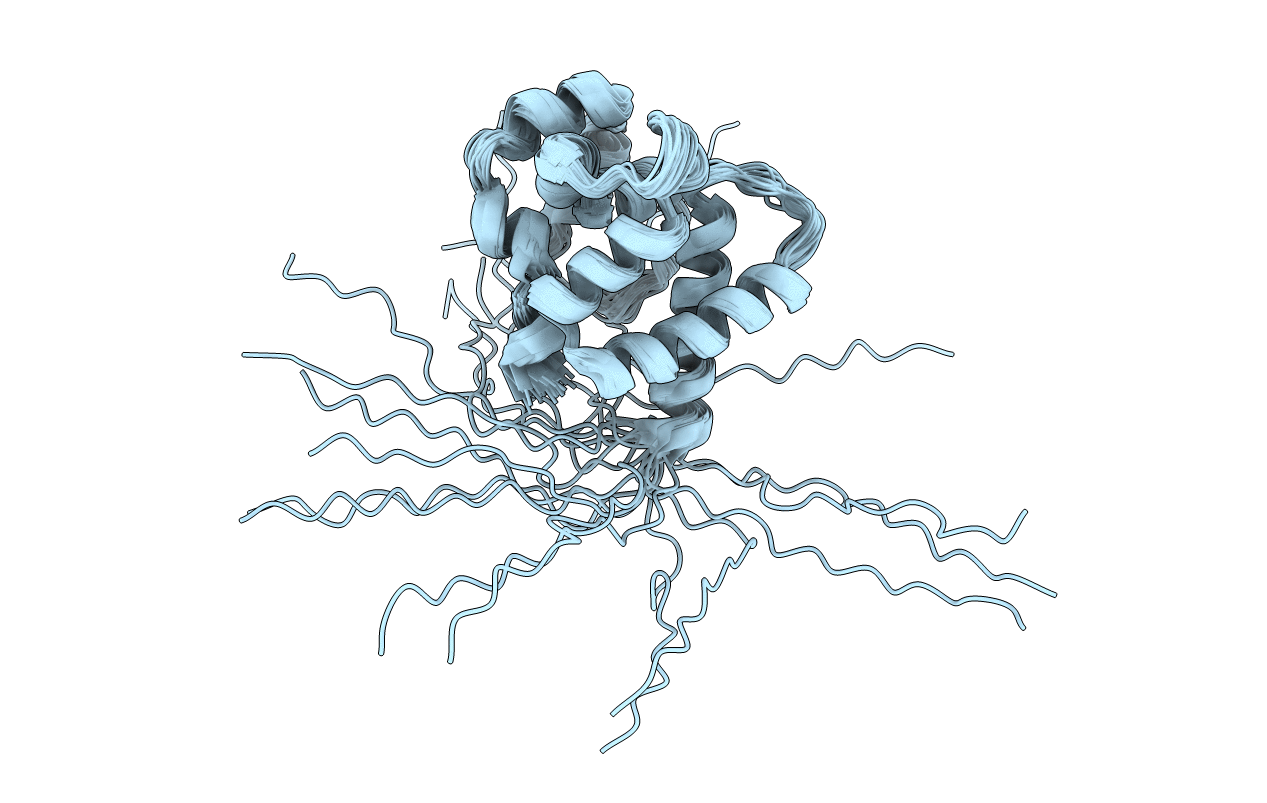
Deposition Date
2003-09-03
Release Date
2004-03-23
Last Version Date
2024-10-30
Entry Detail
PDB ID:
1QWV
Keywords:
Title:
Solution structure of Antheraea polyphemus pheromone binding protein (ApolPBP)
Biological Source:
Source Organism:
Antheraea polyphemus (Taxon ID: 7120)
Host Organism:
Method Details:
Experimental Method:
Conformers Calculated:
200
Conformers Submitted:
20
Selection Criteria:
structures with the lowest energy


